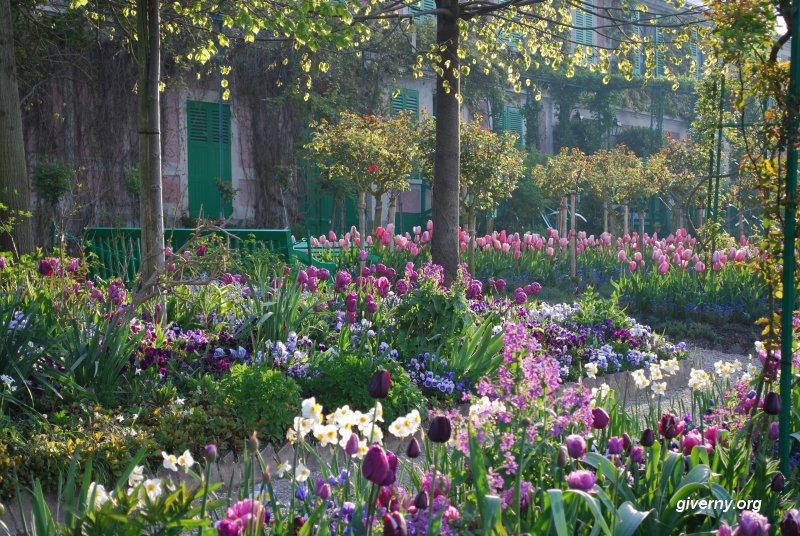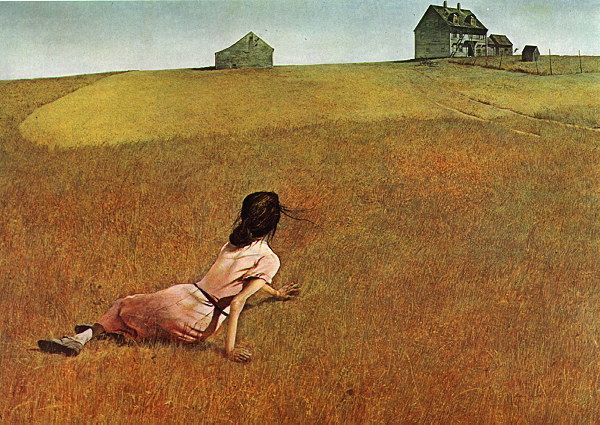As the days shorten, the hues of sunlight on the landscape shift and deepen, reflecting the coming of the longest night of the year. It is difficult to take joy in growing things without a companion appreciation for the rhythms and cycles of the world around us. As the light shifts and nights lengthen, and as I mark the southern spot where the setting sun sinks behind the distant Rockies, my mind and body inevitably respond. And, although our fast-paced, modern culture is loathe to allow it, still we tend to turn more inward, more focused on hearth and home and to consider our worth and worthiness as the sunlight wanes.
I will love the light
for it shows me the way.
Yet I will endure the darkness
for it shows me the stars.
--Og Mandino
Ancient agrarian cultures, worldwide, prepared for the inevitable arrival of the shortest day by observing and responding to the rhythms and cycles of the earth around them, since they relied on the land to provide for them. They planted in Spring, cultivated and irrigated through Summer and harvested and preserved in Fall. But in Winter, cultures who lived closer to the land than the one I live in today, slowed down. They slept more. They consumed the concentrated, highly nutritious food they had so carefully preserved and, undoubtedly, lovingly and deliciously prepared. They engaged in storytelling and social gatherings. Perhaps they contemplated the stars on a clear, cold night, and felt connected to the skies.
The ancient rhythms of the earth have insinuated themselves into the rhythms of the human heart. The earth is not outside us; it is within: The clay from where the tree of the body grows.
--John O’Donohue
Then, as now, the darkest day of the year somehow seemed time to celebrate. A time to revel in past traditions, appreciate new understanding of the rhythms of the world around us, and to show gratitude for another cycle of a season successfully completed, even if the harvest was meager. It is the time of year when cultures worldwide, throughout the ages, have celebrated the return of the Light of the World.
This phrase has been interpreted many different ways throughout many different societies and traditions. Often, varying interpretations have been divisive. Yet, few moments in the collective history of humanity is as universal and uniting as the arrival of the promise of waking from the Winter Solstice, the longest night of the year.
All things are possible once the Sun returns!
The Light has returned and a new cycle begins. We celebrate this time of year in many different ways, with myriad beliefs and traditions, but nearly all cultures and religions celebrate it in their own way.
All things are possible once the Sun returns!
The Light has returned and a new cycle begins. We celebrate this time of year in many different ways, with myriad beliefs and traditions, but nearly all cultures and religions celebrate it in their own way.
At times
our own light goes out
and is rekindled by a spark from another person.
Each of us has cause to think with deep gratitude
of those who have lighted the flame within us.
--Albert Schweitzer
As one cycle ends and a new one begins, we appreciate and celebrate the fruits of our labors and give thanks to the those who give us strength and help us grow.
For that, I thank you, my reader. For without you, I am not complete.
May you enjoy many blessings of the season.



















